If you yourself started a repair, then you will encounter the problem of how to properly plaster the walls with your own hands. It is not enough to know how to do this, it is important to study the types of plaster, how to prepare it step by step and what important aspects it is important to know.
Plaster is a layer of material applied to various surfaces. Plastering allows you to make the surface more even, as well as give it different textures and shapes.
This is one of the most ancient and durable finishing materials used by people. For example, on the Egyptian pyramids, a layer of stucco has been holding for several thousand years.

Plastering works can be divided into 2 types: external and internal. In the implementation of the first type, either cement-lime or lime-gypsum compositions are used.
To perform the decoration inside the buildings, decorative types of finishing material are used. Plaster can be purchased ready-made or made with your own hands.
If you know the technology of plastering, then you can well save on performing this type of work.
Content
The necessary materials and tools for DIY plastering
To perform plastering and finishing work, the presence of cement and lime is necessary. Still need a cast. These materials are binding elements. You will also need sand.
It acts as a filler. After a mixture of these materials is diluted with water, it will gradually begin to acquire strength properties. They will increase as the finish layer dries.
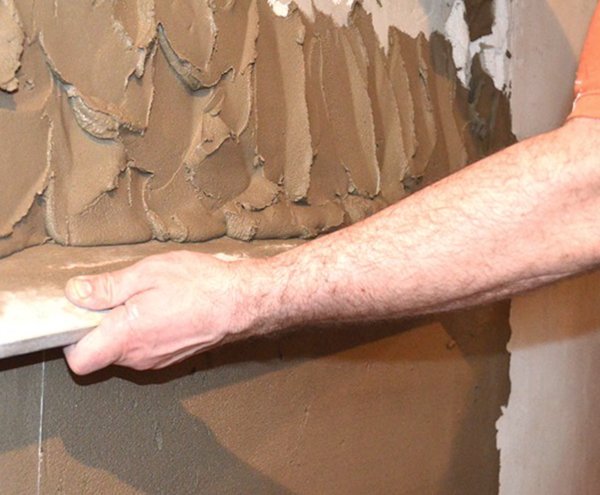
Read more: Biofireplace: main characteristics and how to use it
To perform plastering work, you must have the following tools available:
- Falcon - is a kind of board with a pen. The tool is used to hold some of the solution to the canopy.
- Trowel - This is a small shovel with a handle made of thin metal.
- Scraper - scapula has a trapezoidal shape and a wooden handle.
- A trowel is a wooden tool measuring 1 meter by 60 cm. It is used for applying and leveling the plaster mix, as well as when working in corners and chamfers.
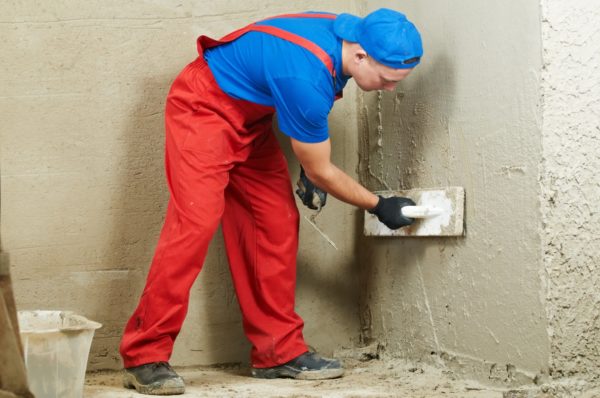
- Paint roller.
- The rule is a two-meter narrow rail designed to control the uniformity of the plaster layer and its alignment.
- Slicing is a small spade in the shape of a triangle. It is used to eliminate cracks and cracks in the finishing layer.
- Grater - a small board with dimensions of 15 by 20 centimeters. It is used for the final grout of the plaster layer.
After you have collected all the tools and purchased materials, you can proceed to the main work.
Preparatory stage
To ensure maximum adhesion of the decorative finishing layer to the surface, a number of preparatory measures are necessary. First, it should be completely cleaned of dirt and dust.
Brick surfaces are enough to clean with a broom. For concrete walls you have to use metal brushes. It is necessary to smooth out all the protrusions as much as possible and remove the seams 15 mm in depth.
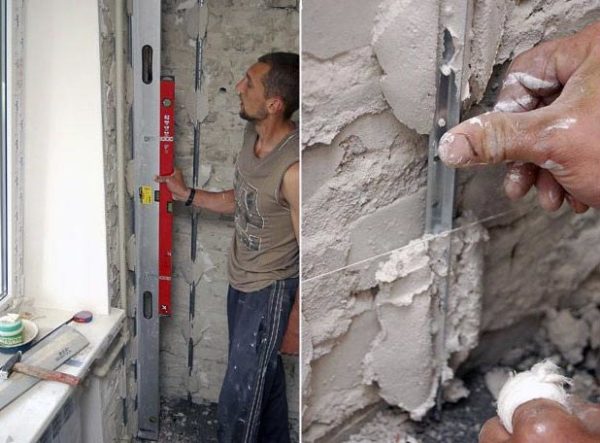
Next, you need to make notches. They are necessary so that the plaster can catch on artificial irregularities. On slag concrete and concrete walls they are applied with an ax or with a hammer and a chisel.
Read more: How to choose the right wallpaper for the apartment: tips for choosing
Stucco finishing is carried out in 3 stages: spraying, applying primer and coating (finishing coat).
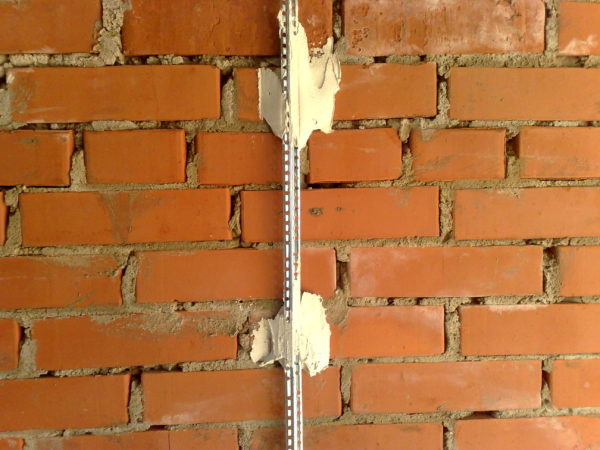
Performance of work
Plastering work always starts from the top edge. Before finishing, the surface must be moistened with water and a sponge.
Next, a portion of the solution is placed on the falcon and is energetically moved to the surface with a trowel. Uniform delayed smears, the solution is distributed over the surface.
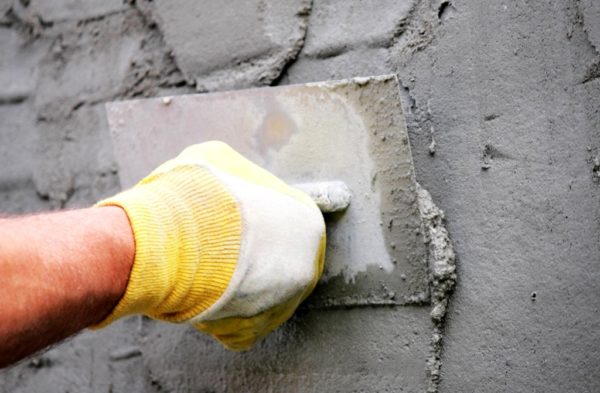
After the first layer has hardened, it is necessary to proceed to the application of the primer. It is applied several times. Each subsequent soil layer is done only by drying the previous one. To align it, you need a half-trick or a rule.
The mixture for the decorative layer is prepared on the basis of sifted sand. This layer is applied by spraying the wall with a shovel. Next, alignment is performed. For this task a half-trick is used.
Read more: DIY acrylic bathtub installation
The coating solution should not be too strong or oily. The main rule that must be observed: the mass of the layer should be less than the weight of the soil.
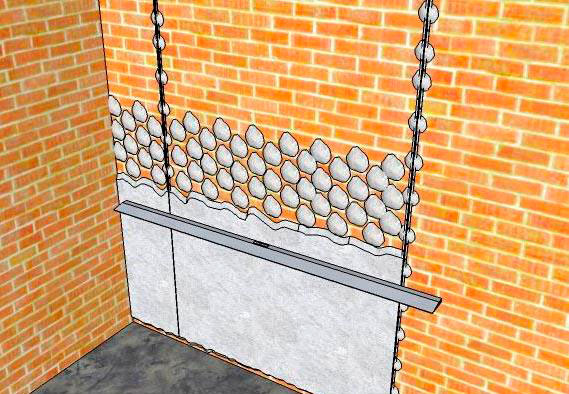
Only sand in which there are no impurities is suitable for use in decoration. Therefore, it must be cleaned by passing through a sieve.
Stucco may include more than three layers. It depends on whether it is used for alignment or for design purposes only.
Many people are interested in the question: is it possible to make decorative plaster with my own hands? This is a simple task and its implementation will not require large expenses or special skills.
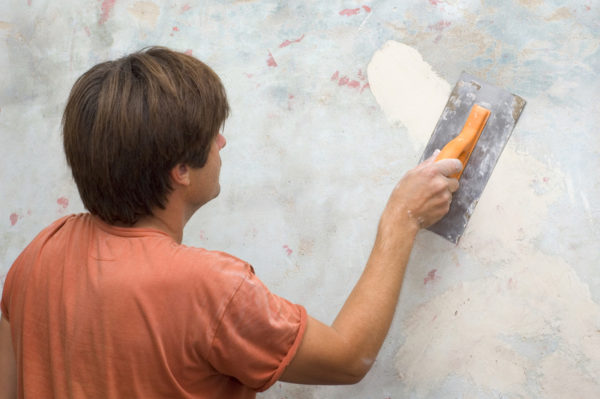
It is enough to purchase pigment dyes and add them to the solution. However, it is important to pay attention to the amount of sulfur compounds in the composition of the substance. They should not exceed 2%.
The dye must necessarily be resistant to fading under the influence of sunlight, as well as not contain toxic substances. To make a colored mortar based on cement and lime, the last of the components must be carefully filtered.
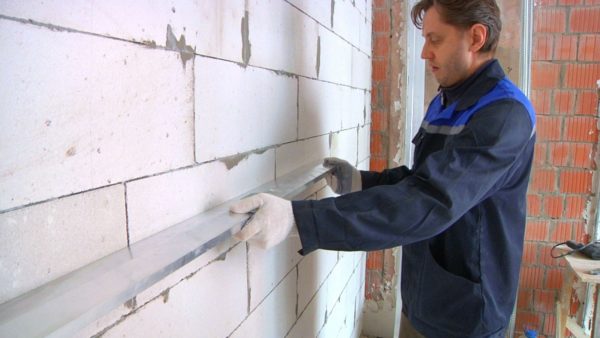
To improve the quality characteristics of the color solution, it is recommended to perform additional measures. They consist in diluting the dye with water to a paste, grinding and keeping it for about two days.
The desired shade of plaster is selected as follows. A number of samples are applied to the wall, each of which contains a different percentage of dye. The most successful ratio is used in the future for plastering the entire surface.
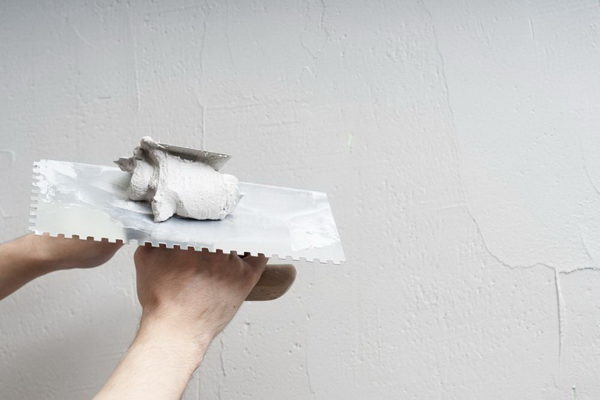
In addition, we should not forget about such an indicator as the viscosity of the solution. It directly affects how even the surface being trimmed becomes. Decorative plaster mixes can create different types of wall finishes.
Textured plaster
Often textured is called a simple type of relief plaster. This is not entirely true, although they have several common symptoms. Among them: a liquid base, good protective functions and the presence of a filler.
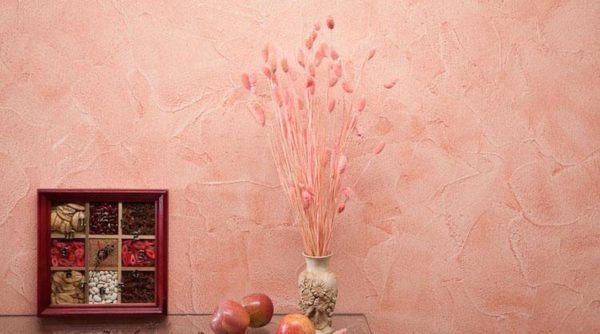
Today, the market offers a wide range of textured plasters in various colors. The main difference between the textured type and the decorative one is that the pattern on it appears on its own. On decorative, it is necessary to use direct physical effects on the surface.
Read more: What color to choose the walls for the ivory kitchen
Independent work with textured plaster is even easier than with decorative. This is expressed in the possibility of using a vacuum cleaner for applying the finishing layer. This approach significantly reduces operating time and minimizes physical activity.
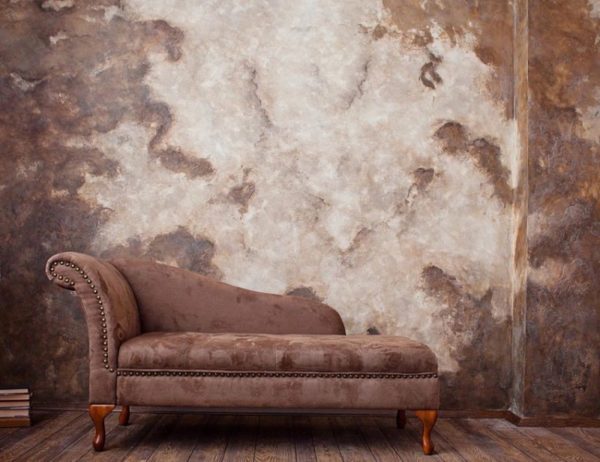
When working with this type of finish, you need to adhere to some tips:
- Mixed granules are best applied to the wall with a roller or a trowel. You can also use nozzle spray technology.
- To apply a solution in which large granules are present, you need to use a steel iron. In this case, the finishing layer should not exceed the diameter of the granules in width.
- For internal plastering, small non-calibrated granules are used, as well as elements with mixed grain size. And for external design, calibrated granules will be the best option.
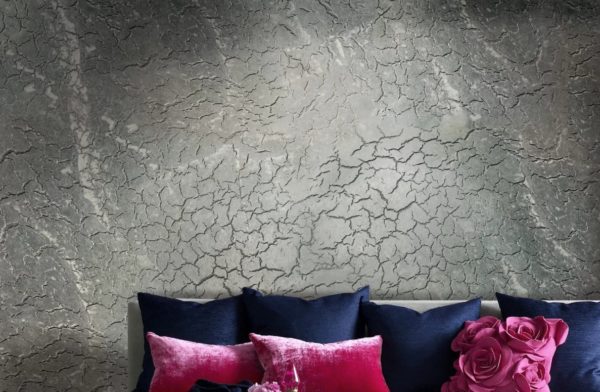
Fine coating is much simpler. This is due to the fact that the solution is presented in a liquid state. It can be applied both with a roller and sprayed with a vacuum cleaner. And high strength characteristics allow it to be used outdoors.
Venetian plaster
The basis of this type of coating is marble powder. Together with pigment, this filler allows you to create a coating with the finest shades of color. Such a finish can imitate the texture of various finishing materials. For example, it can be metal or stone.
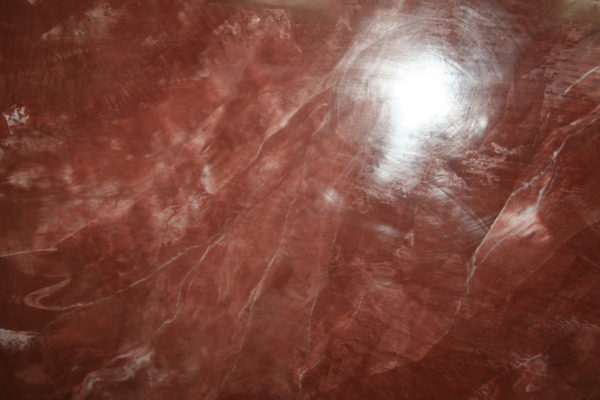
There is a widespread belief that finishing with Venetian plaster is only possible for specialists. However, it is not. To apply such a coating, you need a sponge and a roller. The finishing layer should not be thicker than 0.5 mm, and their number from 3 to 10.
It takes a lot of time to complete such work, since it takes 10 hours to dry one layer. You will have to wait another week before starting polishing. The final finish itself is done in a circular motion with suede mittens and wax.
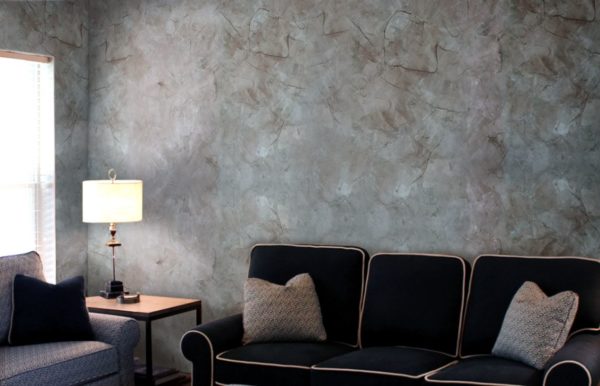
Repair requires a lot of financial investment. However, if you perform some types of finishing work with your own hands, you can not only save, but also be sure of the quality of the repair.

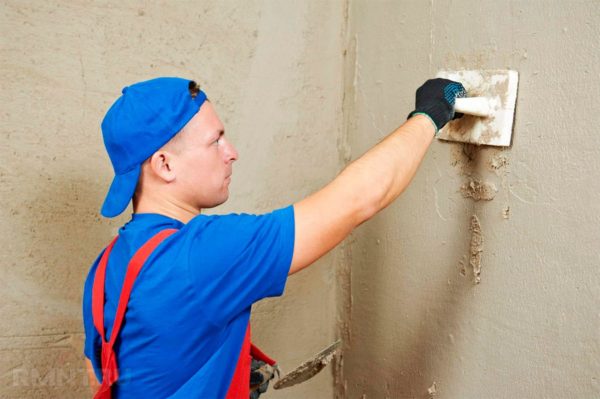



Alas, no comments yet. Be the first!